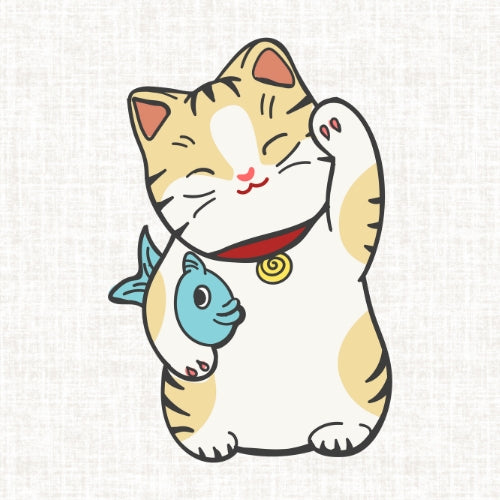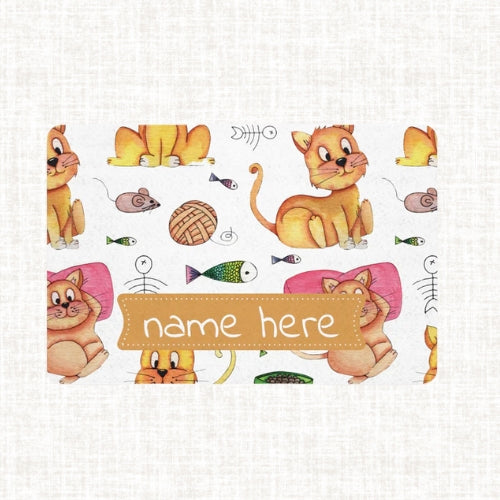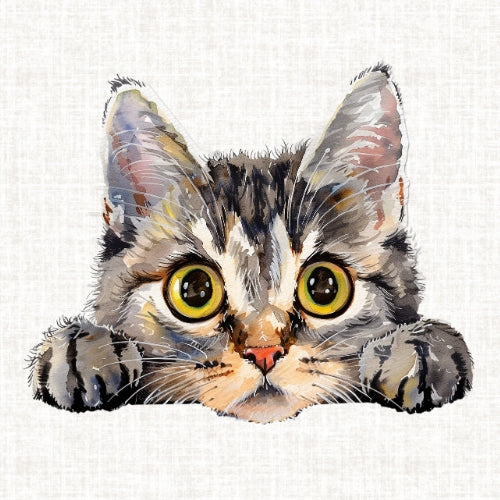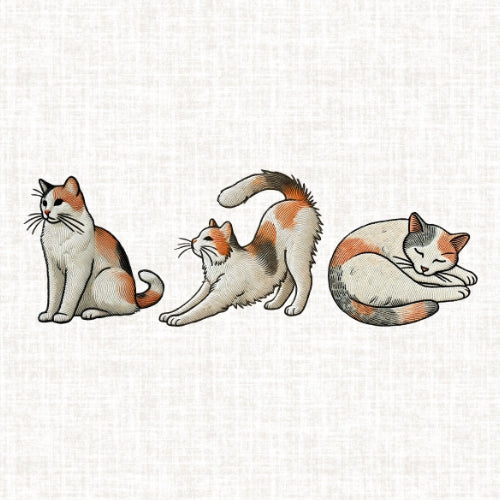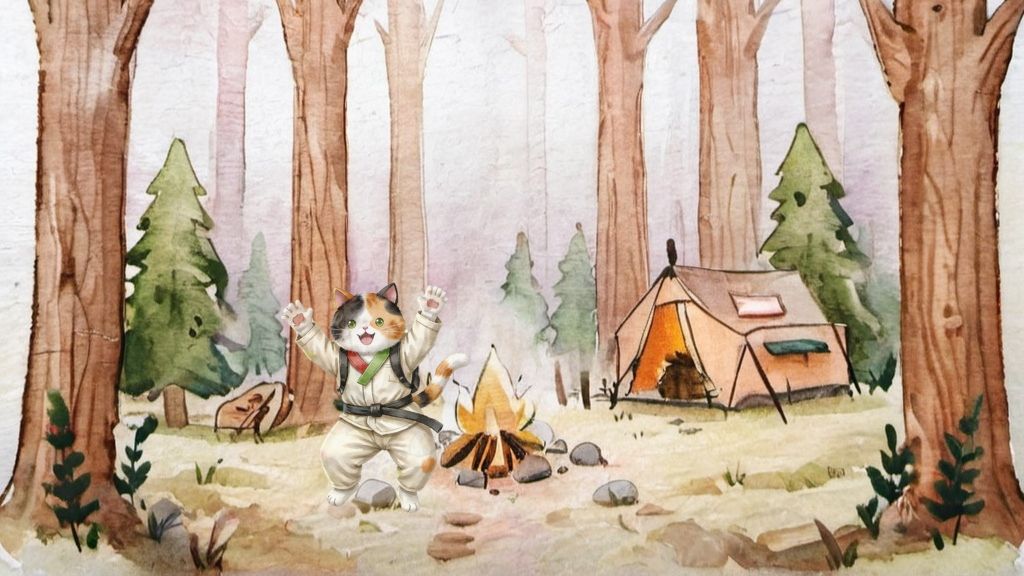
Decoding your Feline Friend: A Guide to Cat Language and Behavior
Hey there, fellow adventurers and nature lovers! If you're anything like us, your home probably has a cherished furry member: your cat. And while their independence and quiet charm are a huge part of their appeal, sometimes their actions leave us scratching our heads.
From that sudden sprint across the living room to the mysterious "gift" on your pillow, cats communicate in ways that are subtle, fascinating, and sometimes, downright hilarious – like something straight out of a family cartoon! So, grab a cup of your favorite brew, and let's decode the secret language of cats together!
The Silent Storytellers: Tails, Ears, and Eyes
Cats are masters of non-verbal cues. If you're observant, their body language can tell you a whole lot about their inner world.
-
What Your Cat's Tail is Really Saying:
- High & Quivering (like a question mark): Pure joy and a happy greeting! They're thrilled to see you.
- Low & Tucked: Fear or anxiety. Something is unsettling them.
- Swishing or Lashing: Irritation or agitation. Best to give them space! Think of it like a frustrated farmer swatting flies.
- Slow Wag/Flick: Curiosity or slight annoyance.
- Puffed Up (like a bottle brush): Alarm and fear. They're trying to look bigger to scare off a threat.
-
Ear-resistible Insights: What Their Ears Tell You About Their Mood:
- Forward & Alert: Attentive and interested. They're listening intently.
- Swiveling: Gathering information from all directions. They're processing sounds.
- Flattened Back (Airplane Ears!): Fear, aggression, or irritation. This is a clear "back off!" signal.
- Turned Sideways: Relaxed and comfortable.
-
The Gaze Game: What Your Cat's Eyes Tell You:
- Slow Blink: The ultimate sign of trust and affection! It's like a cat kiss. Try slow blinking back at them.
- Dilated Pupils: Excitement, fear, or playfulness. Context is key here!
- Narrowed Pupils (Slits): Focus, aggression, or possibly pain.
- Hard Stare: A warning or a challenge.
- View Cat Merchandise
The Meow-nificent Spectrum: Cat Communication 101
While body language is primary, cats do use their voices, especially with us humans!
-
Meow-nificent Meows: Each meow can be different!
- Short Chirp/Trill: A friendly greeting.
- Long, Drawn-Out Meow: Often a demand for attention, food, or entry.
- Repeated Meows: Impatience or excitement.
- Silence: Sometimes, a happy, content cat is a quiet cat. They might be purring, but simply enjoying your presence.
-
Hiss-terical Warnings & Growls: These are clear signals of distress, fear, or a serious "do not approach" warning. When you hear these, give your cat ample space and try to identify what's upsetting them. It's their way of saying, "I'm scared and I need to protect myself."
-
The Purr-fect Symphony: More than just contentment! While purring often means happiness, cats can also purr when they're nervous, sick, or even giving birth. It's believed to be a self-soothing mechanism. Listen to the context!
Quirks & Instincts: Embracing Their Wild Side
Some cat behaviors might seem baffling, but they're rooted in instinct, much like a tiny wild animal living in your home.
-
The Midnight Zoomies: Ah, the sudden burst of energy at 3 AM! Cats are naturally crepuscular, meaning they're most active at dawn and dusk. For indoor cats, this energy can get bottled up and released in a "zoomie" session. It's often harmless and can be a sign they need more playtime during the day. Think of it as their version of a trail run!
-
Why They Push Things Off Tables: This isn't malice, it's curiosity and play! Cats are exploring cause and effect. "What happens when I knock this off?" they wonder. It's also a way to get your attention – a very effective, albeit sometimes frustrating, method!
-
Why They Bring You "Gifts": Your cat sees you as part of their family, and they're sharing their "kill" with you, showing you their hunting prowess. While a toy mouse might be less gruesome than a real one, it's the thought that counts! It's a true sign of affection from their wild, hunter-gatherer heart.
- See Gifts for Cat Lovers
Creating a Purr-fect Home
Just like we hikers need the right gear and campers need a safe site, cats thrive when their environment meets their natural needs.
-
Why They Scratch: The Cat Tree is Your Friend! Scratching is a natural and essential behavior for cats. It helps them stretch, mark territory (visually and with scent from paw pads), and keep their claws healthy. Provide sturdy scratching posts or boards – vertical and horizontal – in prominent areas. It's far better than your furniture!
-
Why They Need Space: The Importance of a Safe Haven: Cats need secure, quiet places to retreat when they feel overwhelmed, stressed, or just want to nap undisturbed. This could be a cozy cat cave, a box, a high shelf, or a hidden spot in a closet. Think of it as their private tent or a quiet nook in the forest.
-
Signs of a Content Cat: Healthy, Happy & Thriving:
- Relaxed Body Language: A loose, confident posture, no flattened ears or swishing tail.
- Good Appetite & Hydration: Eating well and drinking plenty of water.
- Regular Grooming: A well-groomed coat is a sign of health.
- Engaging in Play: Showing interest in toys and interaction.
- Seeking Affection (on their terms!): Rubbing against you, purring, slow blinking.
- Using the Litter Box Appropriately: No accidents outside the box.
Understanding your cat's unique behaviors deepens your bond and makes your shared home a happier, more harmonious place – whether that home is a bustling family hub or a cozy cabin. By speaking their language, you're not just a pet owner; you're a true cat whisperer!
